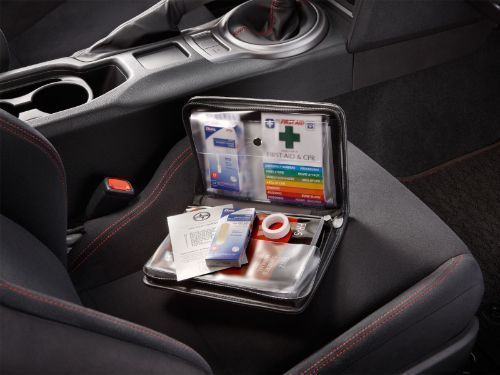Every child is unique and deserves the finest care and attention available. Giving a child the appropriate rules and noticing differences in a child's behavior is a responsibility that every child's caregiver must take seriously. If you're concerned about a child's behavior, the program for emotional disorders in children is your best bet for getting your child's emotional state right on track.
Emotional disorders in children have become a significant issue in recent years, and they are having a substantial impact on the phases of child development. Although various factors—heredity, brain abnormality, food, stress, and family functioning—have been identified and extensively examined, no one understands the exact cause or reasons for emotional disturbance.
Let's learn more about emotional disorders in children and the benefits of programs for emotional disorders in children.
What is Emotional Disorder in Children?
Emotional disturbance is a psychological disease defined primarily by maladaptive emotional reactions that are inappropriate or disproportionate to their source. It's a condition in which one or more of the following characteristics appear over time and to a significant degree, limiting one's ability to learn in ways that aren't explained by intellectual, sensory, or health factors.
In later childhood, panic disorder, generalized anxiety disorder (GAD), separation anxiety, social phobia, specific phobias, OCD, and depression are frequent emotional difficulties.
Emotional disorders in children can lead to the following outcomes:
- A generalized feeling of sadness or depression. A propensity for developing physical symptoms or anxieties as a result of personal or school issues
- Under normal conditions, an incapacity to learn that which cannot be explained by intellectual, sensory, or health factors and improper sorts of conduct or feelings.
Mental disorders in children are those significant changes in how children learn, conduct themselves, or manage the emotions that cause them distress. Achieving developmental and emotional milestones, having strong social capabilities, and learning how to deal with adversity are all important aspects of childhood mental health.
How to Recognize a Child who has Emotional Disorders?
A child suffering from emotional disorders can exhibit any of the following:
- Hyperactivity that is out of control
- Extreme fear or anxiety
- Inappropriate sobbing
- Temper outbursts
- Poor coping abilities
- Distorted thinking
- Unpredictable mood swings
If any of these symptoms are confirmed, every parent should seek help immediately. If this disorder bonds with a child, it will be difficult to reverse. Again, It's critical to seek help from an emotional behavior disorder counseling professional if you feel your child has a mental condition such as ADHD or depression. You might also want to enroll the child in a special program for emotional disorders in children as soon as feasible.
Benefits Of Program for Emotional Disorders in Children
One of the main goals of the program for emotional disorders in children is mental normalcy. It will give a child the confidence to stand up for themselves while also encouraging them to take the first step toward change.
Regardless of how seriously a child has been affected, the program for emotional disorders in children tries to correct all untold characters. These services are tailored to the child's specific needs as a result of his or her impairment. It tries to meet the requirements of each individual who is experiencing emotional distress.
Conclusion
Although some children's behaviors appear normal, a parent must recognize when a child's character is out of place. If you can't explain why a child behaves in a certain way, you should get help from an expert in emotional behavioral disorder counseling.






























